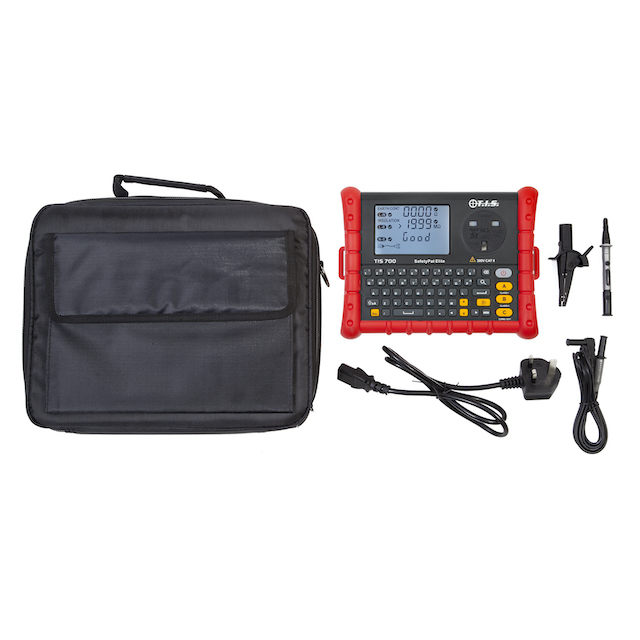
PAT testing is the recommended process an employer or a landlord should go through to ensure that electrical equipment they are responsible for is safe to use and poses no risk of harm to any individuals likely to use it, or come into contact with it. This process should be undertaken periodically, depending on the nature of the operations. But what does PAT testing actually involve?
Here we will take a deeper look at the PAT testing process so that you have a better idea of the procedures and equipment involved and what skills are required.
- Competent person – The PAT testing process begins with identifying a nominated person who is deemed to be the ‘competent person’. This means someone who has the training, qualifications and experience to use PAT testing equipment and can carry out the required tests and inspections, but also who can identify the right types of equipment to test and decide how often they should be tested.
- Risk assessment – An essential element of the PAT testing process is to undertake a thorough risk assessment of your operations. This will identify the types of electrical equipment that should be tested and also the frequency of testing. So this assessment will look at the nature of the equipment and how it is used, how often it is used and the environment that it is used and stored in. These factors will all combine to present a frequency of testing. So this could be annual, six-monthly or even three-monthly.
- Identify – Once you have made an inventory of the electrical items to be tested, the competent person should start to complete records. These will give each item a unique reference number, and the records should include this number, a brief description of the item, where it is located, test findings and when it is next due to be tested.
- Suitable time – The competent person should agree a suitable time for the item to be tested, ie. when it is available and not required, though the PAT testing should be prioritised at all times and should definitely not go longer than the ‘next test due date’.
- Visual inspection – When each item is due to be tested, this process should begin with a visual inspection. So this will involve a quick check of the visual elements of the equipment, such as the plug, the lead, the casing and all connections. If there are any signs of damage or wear and tear, then this could impact on the item’s safety and how it performs in subsequent safety tests. All visual findings should be recorded.
- Electrical tests – The competent person should set up their PAT testing equipment, such as the TIS 700 supplied by Test Instrument Solutions, and carry out a series of electrical safety tests to confirm the safe and accurate operation of the device. These tests should include, as a minimum, earth continuity, lead polarity and insulation resistance.
- Pass/Fail – Based on the reported findings from the tests, the competent person should record the results and a pass/fail status for each individual item.
- Identification – Each item should be visually identified with a Pass or Fail sticker based on these results. A ‘pass’ sticker immediately tells a user that the equipment is safe to use, although they should check the ‘next test due date’ on the item also, to see if this safe period of use has lapsed. Any item that bears a ‘fail’ sticker should be removed from use and isolated, to prevent anyone using it who doesn’t know it is not electrically safe to use.
- Remedial action – Any items that fail the PAT test should be investigated for remedial action, ie. can they be repaired to address the cause of failing and so that they can be returned to safe use? Often this requires a managerial decision based on cost/time of the repairs. No item should be returned to use until this work has been agreed, implemented and the item identified as ‘passed’.
- Next test – All records of PAT testing should be updated and any ‘pass’ sticker should be identified with when the next PAT test is due. It is the responsibility of the competent person to monitor this, thought technically, anyone using individual items should check the ‘next test due date’ on the item, and should not use an item if this date has elapsed.
Video Demonstration
Check out our video below on the TIS 700 Safety PAT product:
Please note that this section is for information purposes only. Anyone using equipment referred to in this section must be suitably qualified and/or experienced within the respective field. If in doubt before use, please consult a qualified electrician or engineer & thoroughly read all instruction booklets.